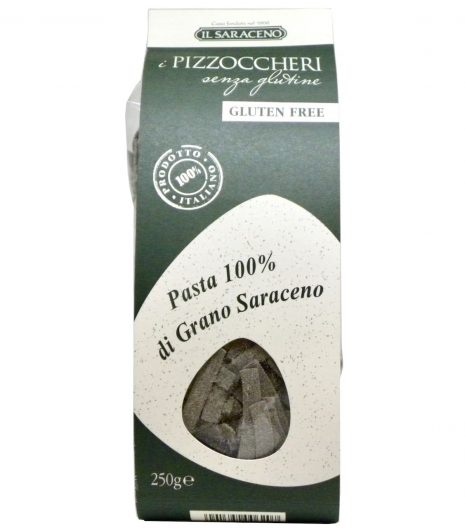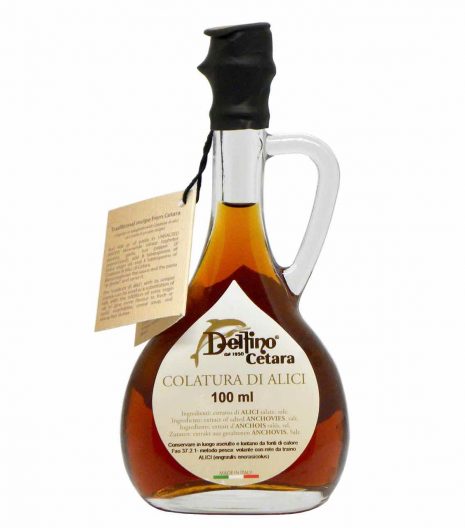If you want to know how to trim broccoli rabe, you’re in the right place. Broccoli rabe (Brassica Rapa L. subsp. Sylvestris L. Janch. Var. Esculenta Hort.), also called rapini or broccoli raab, are typically grown and cooked in Central and Southern Italy. Broccoli rabe in Italy is called Cima di rapa, Broccoletto di rapa, and in the Salento area in the province of Lecce Rapacaula. The younger inflorescences, then, are locally called Friarielli (in the Naples area) or Broccoletti.
To understand how to trim broccoli rabe, it is necessary to know the characteristics of the various parts, which to keep and which to eliminate. Let’s see!
DISTINGUISHING THE VARIOUS PARTS
To understand how to trim broccoli rabe, first we have to distinguish the different parts.
Looking at rapini, normally you will see the stem, some thick and large leaves, smaller and tender leaves, florets with closed flowers on them.
Usually the florets (at least the softer part), the inflorescences and the softer leaves are kept, while the remaining parts are eliminated (the stem, harder twigs and large leaves). Some people also eliminate the smallest twigs, while others cook them despite being a bit fibrous, since they have good nutritional characteristics.
You can then decide to keep even the largest leaves, perhaps eliminating the fibrous vein that runs through them.
CUTTING AND SEPARATING THE PARTS TO BE COOKED BY THOSE TO ELIMINATE
Here are the steps:
- Cut the florets at the base using a small knife.
- Remove from the florets any parts that are too hard.
- Detach the leaves with your hands, and separate the leaves you wish to eliminate from those you intend to cook.
HOW TO WASH BROCCOLI RABE
The last step necessary to know how to trim broccoli rabe is to see how to wash them.
Open the water from the sink, and wash under fresh water the florets with the inflorescences still closed, the leaves and twigs that you intend to cook. At this point, put all the parts in a bowl.
Broccoli rabe are now ready for the preparation of numerous recipes, such as sautéed broccoli rabe with oil, garlic and chilli.
SHOP ONLINE THE BEST ARTISAN ITALIAN FOODS
On Gustorotondo you find the best artisan Italian ingredients for your dishes.
We look for producers who have high-quality standards, and we offer artisan Italian good products that enhance the tradition and authentic flavours of the Italian cuisine.
Gustorotondo was born as a traditional Italian food store in the center of Milan, and then started the e-commerce business. Now you can shop traditional Italian food online on Gustorotondo. You can buy from all over Italy, from England, from Germany, from the Netherlands, from the Czech Republic, and from all the other European countries.
Shop online the best authentic artisan Italian food at Gustorotondo!
WHERE ARE BROCCOLI RABE GROWN IN ITALY? WHAT TYPES ARE THERE?
After seeing how to trim broccoli rabe, let’s find out more about cultivation and types. In Italy rapini are mostly cultivated in Lazio, Puglia and Campania. Sowing takes place in late spring or during summer; the harvest begins in autumn/winter and can continue until late spring.
There are dozens of ecotypes. The ecotypes take their name from the earliness (that is, from the time that elapses from sowing to harvesting), from the size of the inflorescence, from geographical locations or from two or more characteristics considered together. There are, for example, the Cima di rapa Cassanese, the Tardiva di Fasano, the Aprile di Carovigno, the Quarantina (which is a very early variety: from sowing to harvest, only about 40 days pass), the Sessantina, the Novantina.
During the last decades, cultivation has also reached other European countries, the United States, Canada, Argentina and Australia.
HOW TO CHOOSE BROCCOLI RABE
To understand how to trim broccoli rabe and then to trim them … first you need to have broccoli rabe! When you go shopping, make sure you are dealing with broccoli rabe and not with other similar vegetables. It may be that the name by which they are indicated is broccoletti di rapa, cime di rapa, rapini, rappini or broccoli raab. Then, check that the flowers (still closed) are present (and not only the leaves). Also, make sure they are fresh: to do this, check that the plant is well turgid (and not limp), that it has a nice green color and that the flowers are all well closed. The more the flowers are developed, the more the substances that give the broccoli rabe the bitter taste are present.















